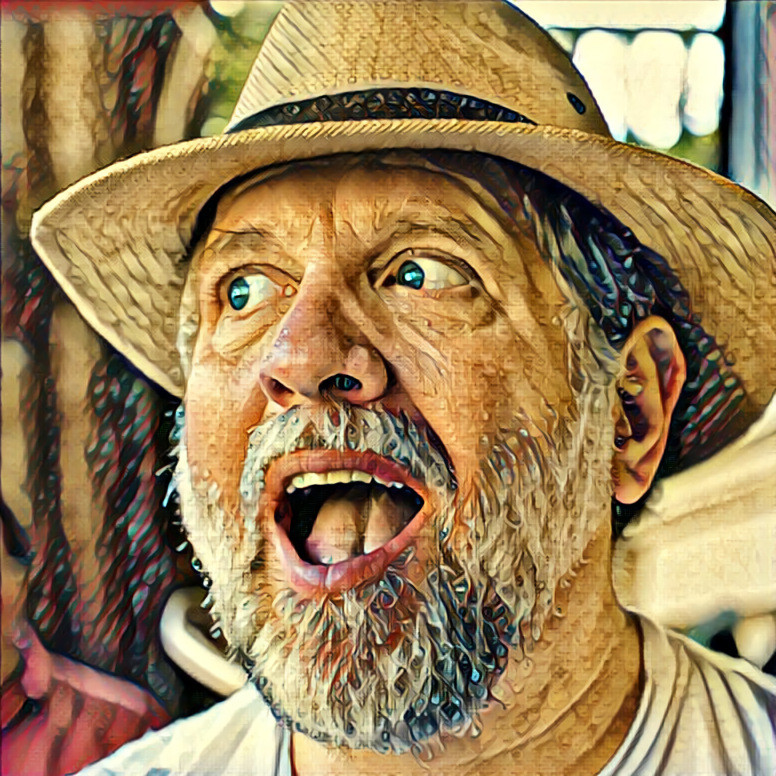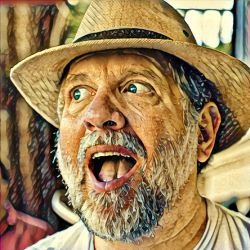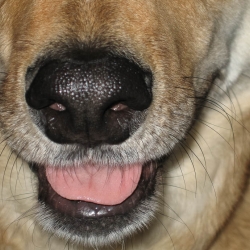Home > Topics > Post Processing > Capture One > Quick Tips
Quick Tips
-
AuthorTopic: Quick Tips Read 1002 Times
-
Capture Oneon: April 20, 2020 at 11:04 am
As we learn a tool like C1, we pick up little tidbits from time-to-time. Master C1 users will know these. Perhaps we can use this thread to share some of our favorites. Here are some of my favorites:
- Always use a white background when editing, and use a wide border. (I learned that from a video that Kevin did with Charlie Cramer.) Your eye needs that white reference.
- Use full-screen for editing! Tear off a tool from the tool tab and then go into full-screen mode. Now you have the full image and just that one tool to get intimate with.
- Click and hold on the picker tool to select the “add color readout” version of the tool. This will allow you to set color readouts at various points in the image. I use the Lab color readouts, in particular, so I can see a true gray when a = b = 0. Great for uses with the color balance tools.
JSS
Re: Quick TipsReply #1 on: April 20, 2020 at 2:50 pmGood idea, John.
- My biggest tip for C1 is to think of it more like PS than a raw developer. Layers are now so useful I try to put most adjustments on a layer.
- The workspace is so customizable, take the time to make custom workspaces and customize your tool tabs. I have four std workspaces: 1-screen tethered/untethered and 2-screen tethered/untethered. Get rid of the tools you don’t use, collapse the ones you only use occasionally, rearrange tools into tool tabs that make sense for your workflow. Reorder tool tabs. Save all that in the workspace.
- Create a dodge layer and a burn layer.
- As an experiment, make two variants (clone variant). On the first, click the Auto Levels wand icon. Switch to the second variant. Go to preferences, Exposure tab. Under levels tool change the Channel Mode to Red, Green and Blue Channels. On this second variant, go to to the Levels tool and click the Auto wizard icon. Notice the difference. This mode modifies each channel independently. Can be useful sometimes.
Dave
How glorious a greeting the sun gives the mountains! - John Muir
https://www.davechewphotography.com
Find legacy Schneider-Kreuznach Apo-Digitar lens data here: https://www.davechewphotography.com/skdata/Re: Quick TipsReply #2 on: April 20, 2020 at 3:38 pmJust to add to Dave Chew’s point 2 – go to Window->Save Workspace to same your customized workspaces (plural!).
JSS
Re: Quick TipsReply #3 on: April 20, 2020 at 4:01 pmI tried your experiment with RGB vs. independent Red/Green/Blue level’s adjustments – see attached results. One difference – I started using the Linear Response under Base Characteristics. (I always do that as I do my own curves.) The original image had very similar red, green and blue histograms, so I was surprised there would be that much difference. In this instance, I liked the result of independent adjustments – seemed to get rid of a red cast. I can only imagine that the results would be highly dependent on the original image.
Yet another arrow in my quiver – thanks!
JSS
-
This reply was modified 4 years, 3 months ago by
 John Sadowsky.
John Sadowsky.
Re: Quick TipsReply #4 on: April 20, 2020 at 5:48 pmCheck Out the following for some tips.
1) Phase One have increased their Capture One tutorials ( mini webinars ? ) with David Grover as host / tutor
2) The You Tube channel of photographer Paul Reiffer with his Live Editing Sessions
Re: Quick TipsReply #5 on: April 21, 2020 at 4:14 pmI continue to learn a lot from David Grover. I also learn from Scott Williams’ YouTube channel.
In the process of rebuilding my computer but before I reset/restored Windows I took time to find and save my C1 workspaces and my keyboard shortcuts. For Windows at least they’re here:
C:\Users\(Me)\AppData\Local\CaptureOne\CustomCommands contains the keyboard shortcuts, andC:\Users\(Me)\AppData\Local\CaptureOne\Workspaces130 has the workspaces. (for Capture One 20)John Paul Caponigro has a post on “4 Ways To Achieve Neutrality In Your Images” (https://www.johnpaulcaponigro.com/blog/21152/4-ways-achieve-neutrality-images/) where he mentions the different in RGB/ single channel levels adjustments in Ps. You need to be an Insights subscriber to read it, but I usually have my C1 Levels tool set to do individual black/white points. As John Paul mentions, however, only move the midpoint on the RGB level or you’ll create colour casts.Mike._____
Mike Nelson Pedde
Victoria, BC
https://www.wolfnowl.com/Re: Quick TipsReply #6 on: December 20, 2020 at 5:51 pmHi All
So far I am experimenting with C1-21. Currently I am a LR user. Does C1-21 l]allow for editing in the pro-photo workspace, and LAB for color / luminosity analysis ?
-
AuthorPosts
- You must be logged in to reply to this topic.



